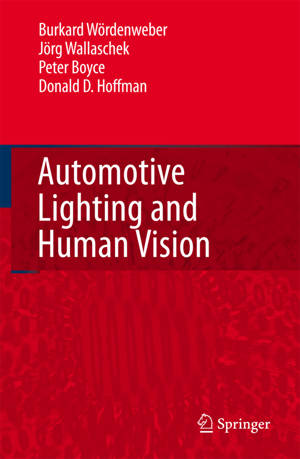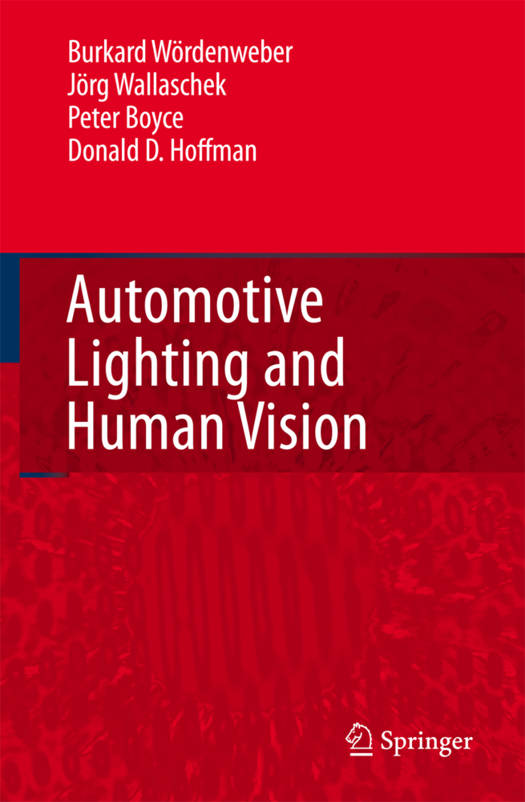
- Afhalen na 1 uur in een winkel met voorraad
- Gratis thuislevering in België vanaf € 30
- Ruim aanbod met 7 miljoen producten
- Afhalen na 1 uur in een winkel met voorraad
- Gratis thuislevering in België vanaf € 30
- Ruim aanbod met 7 miljoen producten
Zoeken
Automotive Lighting and Human Vision
Burkard Wördenweber, Jörg Wallaschek, Peter Boyce, Donald D Hoffman
Paperback | Engels
€ 137,45
+ 274 punten
Uitvoering
Omschrijving
It is possible to buy excellent books on human vision as well as about automotive lighting. Unfortunately, these books have little or no common content. But in fact these fields do overlap. Providing optimal conditions for human vision is what automotive lighting is all about. Our motivation for writing this book arises from interdisciplinary st- ies of human vision and lighting. Initially we intended the book to provide background information on human vision to engineers working in auto- tive lighting. At the same time we planned to introduce basic concepts of automotive lighting to experts in human vision. However because of the intricate connections between human vision and automotive lighting, it turns out that the book provides new insights to anyone interested in either or both subjects. The subject matter is complex and spans a number of disciplines from psychology to mechatronics. Hence there are very few individuals who are experts in all fields. Looking at the nature of human vision, it is surprising to find out how much every one of us takes it for granted. Rarely are we aware of how we use vision predominantly to verify our internal model of our surroundings. Many accidents, particularly at night, stem from the fact that our internal model misrepresented a significant part of our surrou- ings. Taking knowledge on human vision into account in the design of - ture automotive lighting systems reduces the risk of accidents at night.
Specificaties
Betrokkenen
- Auteur(s):
- Uitgeverij:
Inhoud
- Aantal bladzijden:
- 410
- Taal:
- Engels
Eigenschappen
- Productcode (EAN):
- 9783642071775
- Verschijningsdatum:
- 14/10/2010
- Uitvoering:
- Paperback
- Formaat:
- Trade paperback (VS)
- Afmetingen:
- 234 mm x 156 mm
- Gewicht:
- 594 g

Alleen bij Standaard Boekhandel
+ 274 punten op je klantenkaart van Standaard Boekhandel
Beoordelingen
We publiceren alleen reviews die voldoen aan de voorwaarden voor reviews. Bekijk onze voorwaarden voor reviews.











